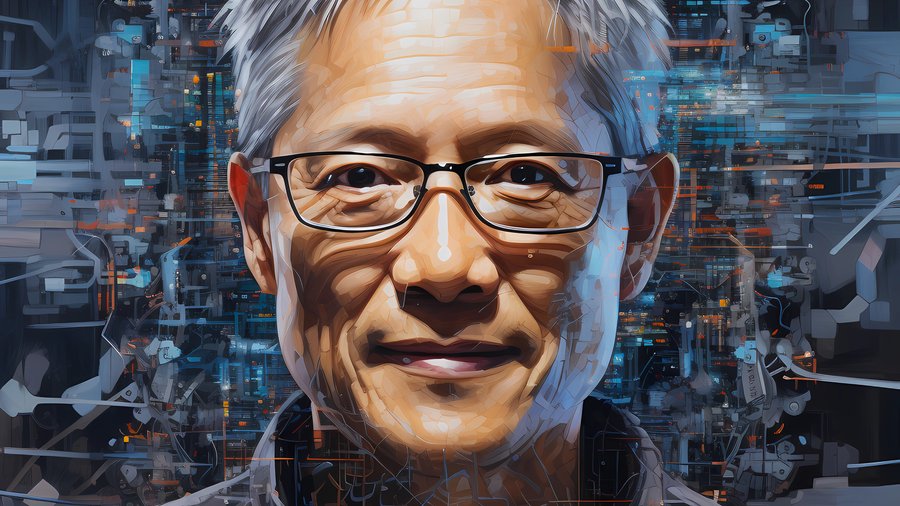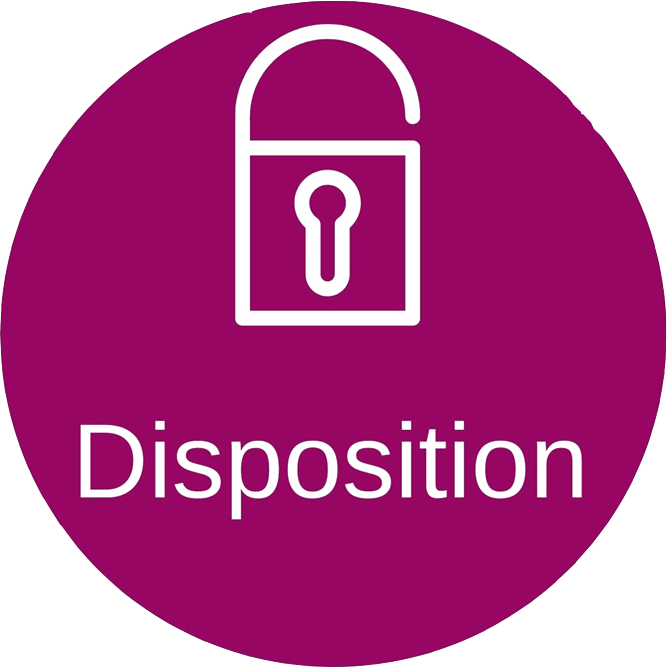Artificial intelligence has infiltrated technology and in a short time become a ubiquitous change agent.
I wanted to do a portrait project incorporating those AI leaders who have theorized, harnessed and developed this modern tech. I wanted to find out what AI’s visual opinion was about these titans.
For subjects, I tapped into my archive of portraits I’ve taken of AI leaders. I picked five for this project:
- Jensen Huang, co-founder and CEO of Nvidia Corp., whose Santa Clara company dominates the AI semiconductor chip space;
- Timnit Gebru, the founder and leader of The Distributed AI Research Institute at Stanford University;
- Andrew Feldman, the founder and CEO of Cerebras Systems Inc., which developed a processor specially designed for AI applications;
- Renee James, the founder and CEO of Ampere Computing LLC, a Santa Clara startup that created a new data center chip; and
- Charles Liang, the founder and CEO of San Jose-based Super Micro Computer Inc., which offers AI infrastructure server solutions to enterprise companies.
Then came the task of selecting an AI program. There are plenty of image-focused, generative AI tools out there, but not all AI image developing platforms are articulate in the language of a high-level visual aesthetic. I settled on Midjourney, a San Francisco company that describes itself as an “independent research lab exploring new mediums of thought and expanding the imaginative powers of the human species.”
The process started by entering my image, and then adding a prompt, making specific “suggestions” for the AI to develop the background, foreground, theme, color and design. I pulled the handle on this visual virtual slot machine by pressing enter and idjourney spat out images that were not realistic. I countered with a prompt including hyper realistic or super realistic and the faces resembled the original portrait.
Each image took anywhere from two to six hours to complete, with the time spent guiding the process along until I found something that wasn’t just successful but transformative.





